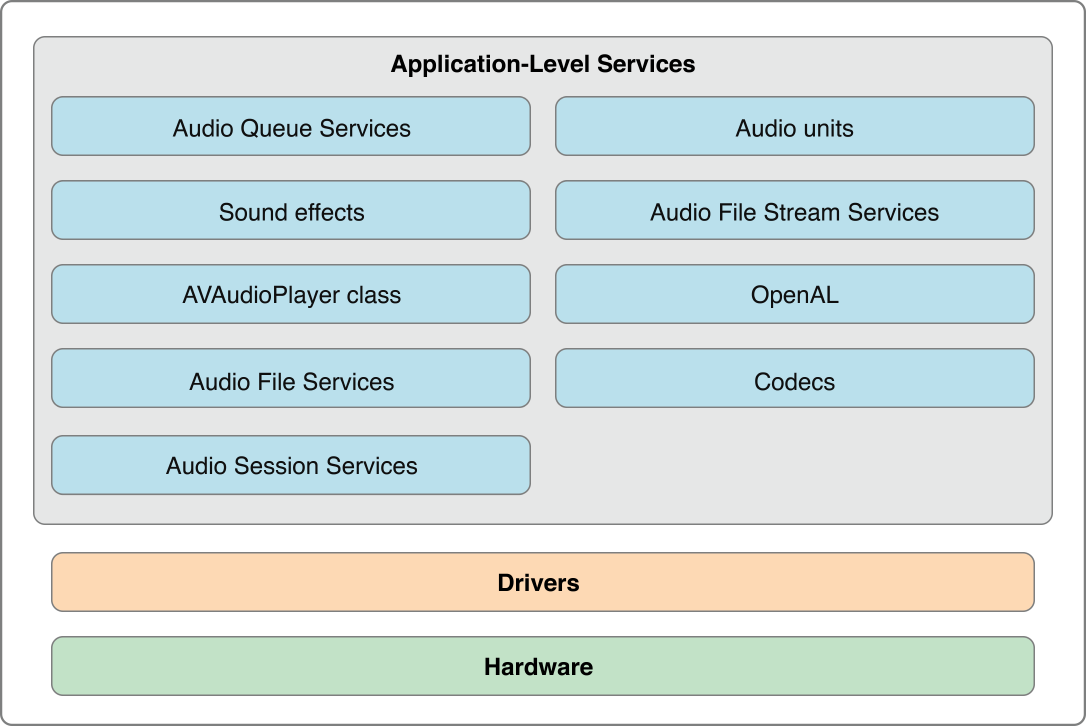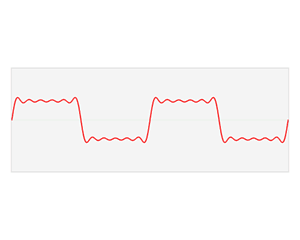
- #Superpowered latency test portable#
- #Superpowered latency test android#
- #Superpowered latency test pro#
- #Superpowered latency test software#
- #Superpowered latency test code#
Why Low round-trip audio latency is a strong indicator of how well any web browser and the underlying device is optimized for professional audio applications.

Often I feel like throwing things at the wall when dealing with Apple documentation. Superpowered Web Browser Audio Latency Test Measure the round-trip audio latency of your web browser.

I wish this was more clear in the Apple docs. When I play instrument through the iPad, I hear no noticeable delay. When I check bufDur with native HW, I get about 1.5 mSecs, which corresponds to 44.1 Khz at a buffer size of 64. Stop counting and playing if the input's loudness is higher. Begin playing a 1000 Hz sine wave and start counting the samples elapsed. Create a threshold value 24 decibels higher than the average loudness. Look for the btsnoophci.log file on your device SDCARD (most likely /sdcard path) and copy it to your PC. Enable Bluetooth and pair it with your Bluetooth headset.
#Superpowered latency test android#
Listen and measure the average loudness of the environment for 1 second. Enable the Bluetooth HCI snoop log option in the device Developer options (note that it is available starting from Android 4.4): 2. Let session = AVAudioSession.sharedInstance()ĭo Cross-platform class measuring round-trip audio latency. I'm beginning to wonder whether investing time in the v3 AU framework is worth the time.Īfter a few hours of pain and some help from a friend, I realized that AVAudioEngine is actually targeted for low latency directly, so I don't need to use RemoteIO anymore. On a related note, the 2015 WWDC video on v3 AUs mentions that v3 AUs run out of process, but doesn't discuss the latency or overhead implications on iOS at all.
#Superpowered latency test code#
I'm rather surprised by this - although it seems in general that the v3 AudioUnit architecture is underdocumented.Ĭan anyone point me to v3 AU host code which uses RemoteIO (or whatever the low latency replacement is?). I cannot seem to find any example host code for v3 AUs which is intended for low latency. The results table has also updated to show a better representation with the new data. Testers can override buffer sizes manually to check whether the buffer size recommended by AudioManager is correct. Data send to Superpowered server is opt-in. But the Apple example app for hosting a v3 AU is based on AVAudioEngine, which I do not believe is intended for minimum audio latency. SAPA can disabled so that developers can test OpenSL ES latency on Samsung Galaxy devices.
#Superpowered latency test portable#
I would now like to modernize my app so that it uses AU v3 plumbing instead, which will make it more portable to Mac (among other things). This way I could measure/compare the (additional) roundtrip latency caused by the iPad.
#Superpowered latency test pro#
the 'link out' of the DI Box went through a Apogee Jam 96k into iPad Pro>Audio App> Headphones out> Audio Interface>Logic Pro X.
#Superpowered latency test software#
Vendors of low latency messaging transport software benchmark their systems under a range of conditions and will make these benchmark results available to prospective clients, thus giving customers a reasonable expectation for how the system will perform in production.I have written a realtime audio processing app for iOS that uses the Superpowered framework, which in turn uses the v2 RemoteIO Audio component to achieve the lowest possible audio latency ADC -> DSP -> DAC. One path went straight to my Audio Interface>Logic Pro X. A common one is latency in processing messages between threads on a multi-core server.

There are many messaging use cases that an organization might wish to latency test. As a result, they can predict whether the system will meet low latency requirements, and take action when needed to reduce latency before critical data is lost. Latency tests help organizations measure the amount of latency in the system. In these types of networks the goal is to process data in real-time, meaning the information is recorded within nanoseconds of its creation the less latency (delay), the better. Latency tests are critical in networks with low or ultra-low latency requirements. It can cope with the most commonly played mobile games.

Latency times are usually measured in nanoseconds. The data under the actual Superpowered Latency Test is also okay. Master Data Management & 360-Degree Views of the BusinessĪpplication Integration & HyperautomationĪ latency test measures the amount of time needed to move data messages from one point within a computer network to another.


 0 kommentar(er)
0 kommentar(er)
